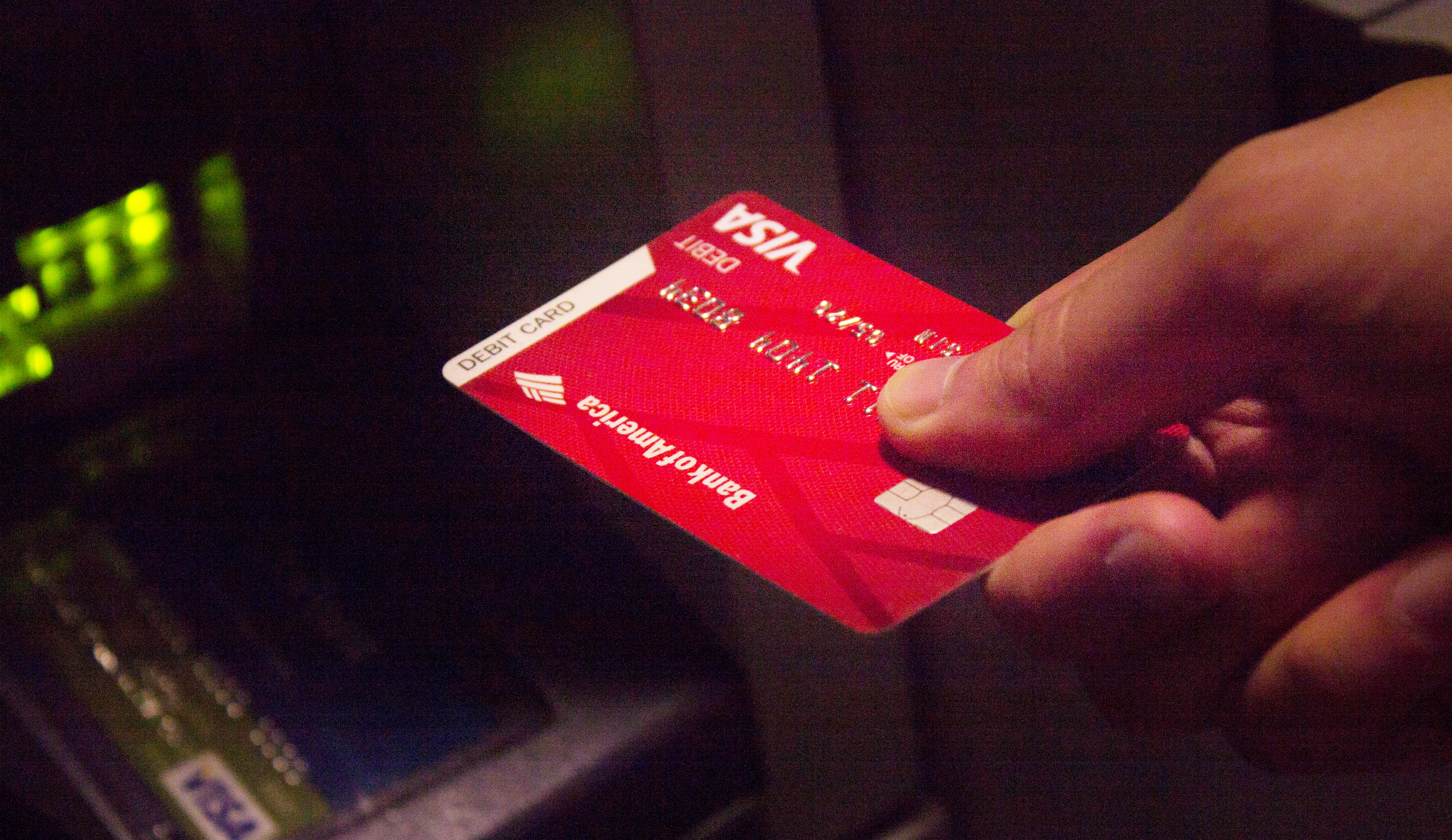In a paper titled, “Money Attitudes, Credit Card Use, and Compulsive Buying among American College Students,” James Roberts and Eli Jones write that American culture is shifting from fearing debt to accepting it as part of life. The rate of savings is also declining as the majority of disposable income goes to consumption.
In May 2009, a law was established that serves as a sort of bill of rights for credit card holders. The “Credit Card Accountability Responsibility and Disclosure Act of 2009” has a specific provision to protect adults under the age of 21 from the dangers of credit cards. Additionally, all consumers are offered protections that focus on promoting transparency and fairness. Credit cards became so dangerous for students, a specific rule had to be made to protect them from something they could completely understand with a little reading and research.
Debt surrounds students and young adults. A paper published by Celia Ray Hayhoe shows students have a favorable attitude towards debt. Credit providers see this opportunity to profit, and they pursue it. In initial research for this article, a Google search for “college student credit cards” returned four sponsored results. Searching for just “credit cards” returned only one advertisement on the results page.
Consumers are surrounded by credit card offers at large chain stores. Visits to retailers for electronics, home goods, recreational gear, clothing, and furniture all have something in common: Store credit cards are advertised at registers and in aisles of stores like Best Buy, REI, Macy’s, Nordstrom, Home Depot, and Target. In my research, the only store that did not have any visible credit card advertisements was IKEA, although they do have a card available. Financially illiterate credit users are tremendously profitable for big business because they often mishandle credit cards.
There is a right way to handle credit cards. Plenty of cards offer incentives to make using them beneficial if they are properly handled. For example, the REI store card offers 5 percent cash back for purchases at REI, 2 percent for groceries, and 1 percent for all other purchases. Cash back cards return overall savings on monthly charges as long as the balance is paid in full and interest is not allowed to accrue.
The cost of interest is what most consumers misunderstand. Carrying a $1,000 balance on a card with 15 percent interest while making $50 monthly payments will take 24 months to pay off. During this pay-off period, $158 (in the form of interest) goes to the company that financed the purchase. Using more realistic figures, Nerdwallet’s “2015 American Household Credit Card Debt Study” puts the average debt at $15,675 per household. Making payments of $543 a month will pay that amount off in 36 months—after handing over $3,890 in interest to a credit card provider. That is the real cost of interest.
Avoiding the cost of interest comes down to planning. If a person hopes to purchase a home or car in the future using a loan, they cannot completely avoid credit cards. However, interest is avoidable through budgeting and saving. Paying a balance in full at the end of the month means no interest for credit card users because interest is only charged to balances from the previous month.
Creating a budget limits credit card purchases for the month to what a person can afford. By fitting credit card purchases into a budget, the user avoids interest while gaining benefits like cash back, rewards, and improved credit history. Using a cash-back card wisely for all purchases can result in a few hundred dollars every year for a college student, but carrying a balance can wipe it all away.
Avoiding cards completely is not a valid strategy to protect a person from the dangers of credit. Age of accounts is an important factor for credit history. Opening a card early in life, rather than waiting until you need to borrow money, can lead to better credit. The key to managing this risk is understanding.
Credit cards are not an emergency fund. Having a high credit limit is not an excuse to avoid saving money. By saving and budgeting appropriately, handling a credit card becomes as safe as handling bees while wearing a bee suit.
If the motivation to start building credit and using cards is hard to find, try starting with a free tool like Credit Karma for an estimate of your credit standing, or use a budgeting tool that monitors your spending like Mint by Intuit. These utilities can help you find the information you want, and they present enough information to provoke questions.
What credit card companies are hoping you do is dive in headfirst without educating yourself. This is a lesson that costs thousands of dollars, when you could have learned it all for free. Pay attention to where your money goes. The resources are out there. Start educating yourself now.






